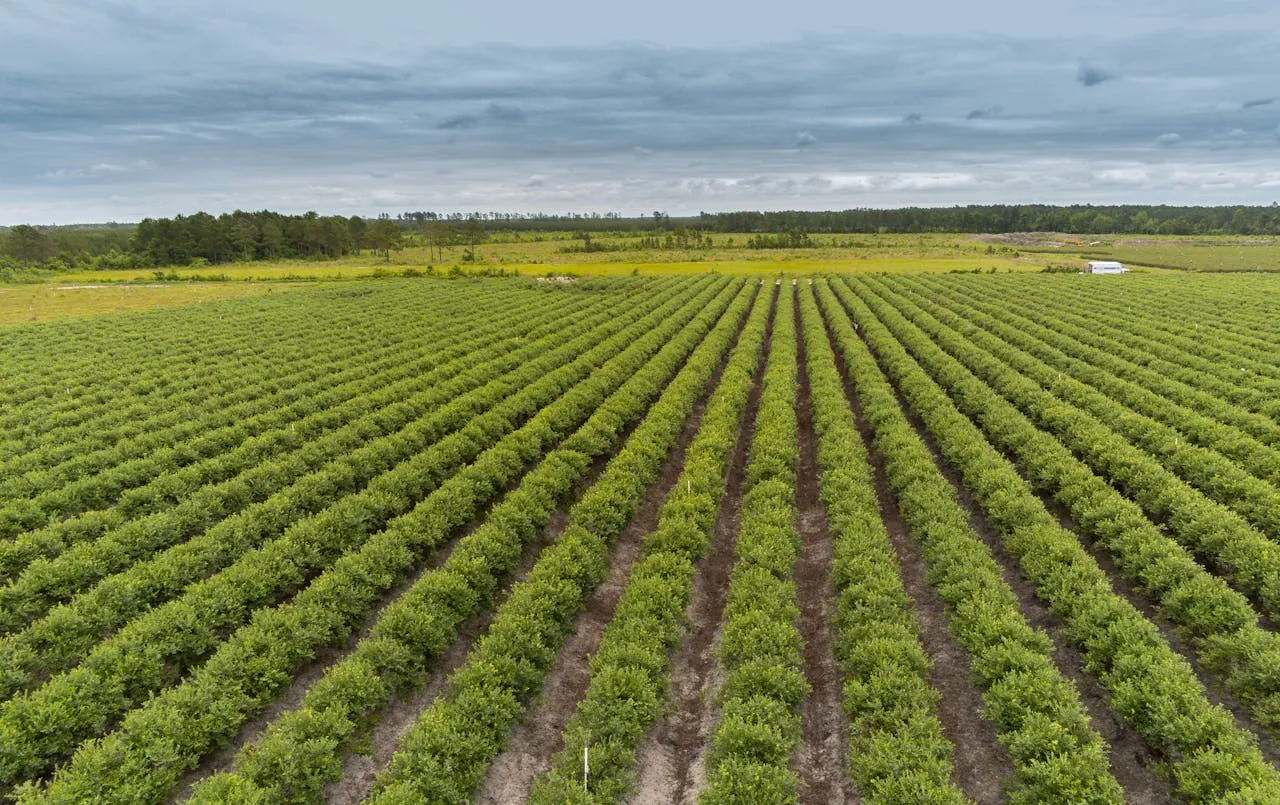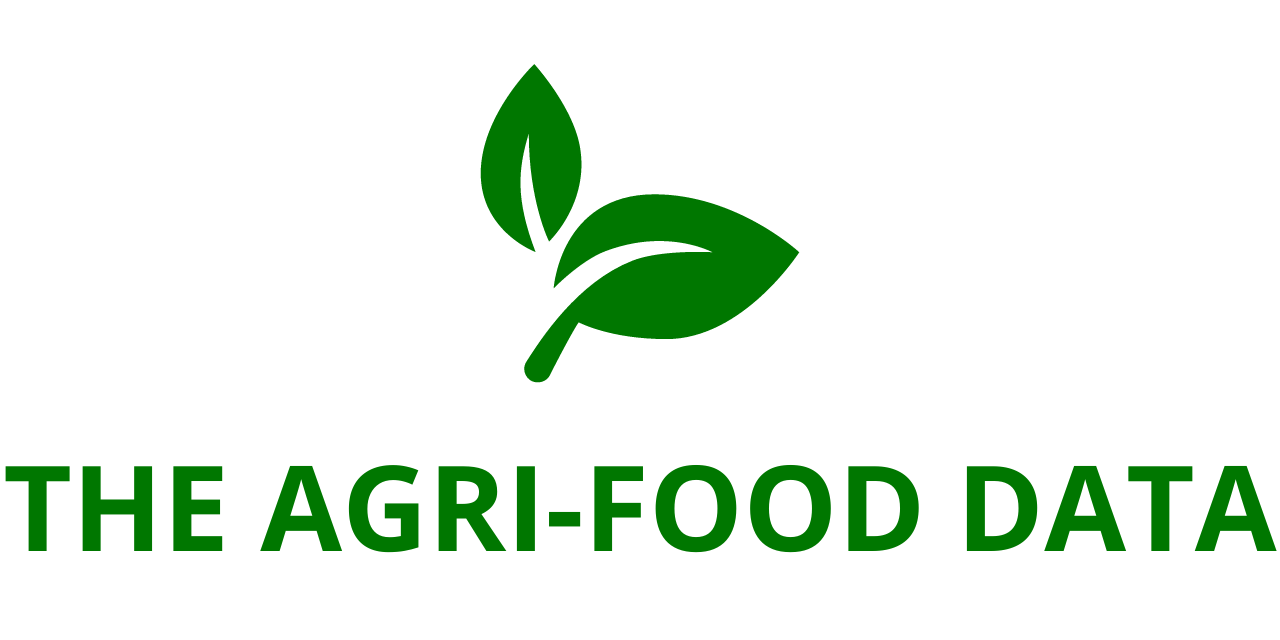
Globally recognized cannabis and hemp economist Beau Whitney, Chief Economist of Whitney Economics, has raised serious concerns over the U.S. Department of Agriculture’s (USDA) methodology for calculating the value of the hemp cultivation sector. According to Whitney, errors in the USDA’s approach are not only distorting the true economic value of hemp but are also contributing to harmful misconceptions about the benefits that farmers are deriving from their participation in the rapidly expanding hemp-derived cannabinoid industry.
Whitney argues that by publishing inaccurate data about the value of hemp crops, the USDA is inadvertently undermining the very farmers it is charged with regulating and supporting. He explained that the lower crop valuations reported by the USDA are creating a ripple effect across the industry, making it more difficult for farmers to secure financing, slowing the development of critical infrastructure, and ultimately suppressing overall market growth. Perhaps most troubling, Whitney noted, is that these miscalculations are discouraging farmers from including hemp in their crop rotations, even though the crop has the potential to be more profitable than staple commodities such as corn and soy.
“In reality, farmers in the hemp industry are benefiting by their contribution more than corn or soy farmers,” Whitney emphasized. “But because of flaws in the USDA’s methodology, this reality is being obscured from investors, policymakers, and the public.”
How the USDA Collects and Reports Hemp Data
Each year, as part of federal regulations, hemp farmers are required to self-report detailed information about their cultivation operations. The USDA gathers data on the types of hemp grown—whether for fiber, grain, seed, or floral (cannabinoids)—as well as the acreage, production volumes, and value of the crop harvested. This process is modeled on the USDA’s standard practices for most other agricultural commodities, from staple grains to specialty crops.
For crops such as fiber, grain, and seed hemp, the USDA’s valuation process works relatively well because the range of products and market prices is relatively narrow and stable. The problem arises when applying this methodology to hemp cultivated for floral purposes. Unlike hemp fiber or grain, hemp flowers are harvested for multiple end uses, from high-value cannabidiol (CBD) extracts to lower-value biomass intended for industrial processing. The wide variability in prices for these outputs means that a single “blended” valuation, calculated as an average of biomass and flower prices, can dramatically misrepresent the crop’s actual worth.
The Valuation Gap: Flower vs. Biomass
“The problem with the USDA’s current methodology is that it calculates the crop’s value using a blended average of flower and biomass sales,” Whitney explained. “But the value of the flower is significantly higher than that of the biomass. When you combine the two into one average, the methodology seriously undervalues the crop.”
The difference in value is striking. In 2024, the average price of hemp flower exceeded $330 per pound, while biomass averaged just $2 per pound. Yet, according to the USDA’s official report, floral cannabis output in 2024 was 20.8 million pounds valued at $386 million, which equates to just $18.56 per pound on average.
Whitney pointed out that this estimate is grossly inaccurate. To put the numbers into perspective, if only 1.2 million pounds of hemp flower were sold at $330 per pound, the wholesale value would already surpass the USDA’s reported $386 million figure. This means that the USDA’s methodology is vastly undervaluing the entire floral sector, leaving billions of dollars in economic contribution unrecognized.
Consequences of Undervaluation
The ramifications of these errors are far-reaching. By underestimating the value of hemp cultivation, particularly the floral sector, investors are presented with a distorted picture of the industry’s potential. This misrepresentation reduces the willingness of private capital to flow into hemp farming and related infrastructure projects, which are essential for scaling production and developing processing facilities.

Farmers, too, are directly affected. If crop values appear artificially low, farmers are less motivated to dedicate acreage to hemp or include it in rotation schedules. This discouragement comes at a time when hemp could provide them with higher margins and greater diversification than conventional commodity crops.
The policy implications are equally significant. Whitney noted that policymakers who rely on USDA data to craft legislation or regulations are making decisions based on flawed assumptions. In one recent Congressional hearing, for example, a Senator argued in favor of imposing restrictions on the hemp industry, claiming that of the $28.4 billion total market value, farmers were receiving less than 1% of the revenues.
But if the floral crop were valued accurately at $330 per pound, the 20.8 million pounds produced in 2024 would generate a wholesale market value of $6.86 billion, or roughly 24.2% of the total retail value. That revenue share would far exceed the percentages received by corn farmers (15%) and soy farmers (7.9%). Far from lagging behind other agricultural sectors, hemp farmers would actually be capturing a disproportionately larger share of the value chain.
Implications for Farmers, Investors, and Policymakers
If the USDA were to adopt a more accurate methodology for assessing hemp cultivation, the industry could be seen in an entirely new light. Investors would recognize hemp as a high-value opportunity, leading to greater capital inflows for both farming and processing infrastructure. Farmers would be more inclined to allocate acreage to hemp cultivation, encouraged by its higher comparative profitability.
Policymakers, meanwhile, would be able to base regulatory decisions on accurate, market-reflective data rather than flawed valuations that understate the crop’s potential. Whitney stressed that correcting these errors would not only improve the accuracy of market data but would also reshape the conversation around hemp’s place in American agriculture and rural economic development.
“Highlighting how much farmers are benefiting from hemp cultivation would also influence policies at the federal level,” Whitney said. “This error by the USDA is having a profound effect on the entire hemp industry and must be immediately addressed. If it isn’t, the hemp industry will continue to be negatively impacted, and its growth potential will remain suppressed.”






